This week—the last of 2022—we’re taking the time to reflect on the year that was. Next up, a look at some of our most memorable features in print.
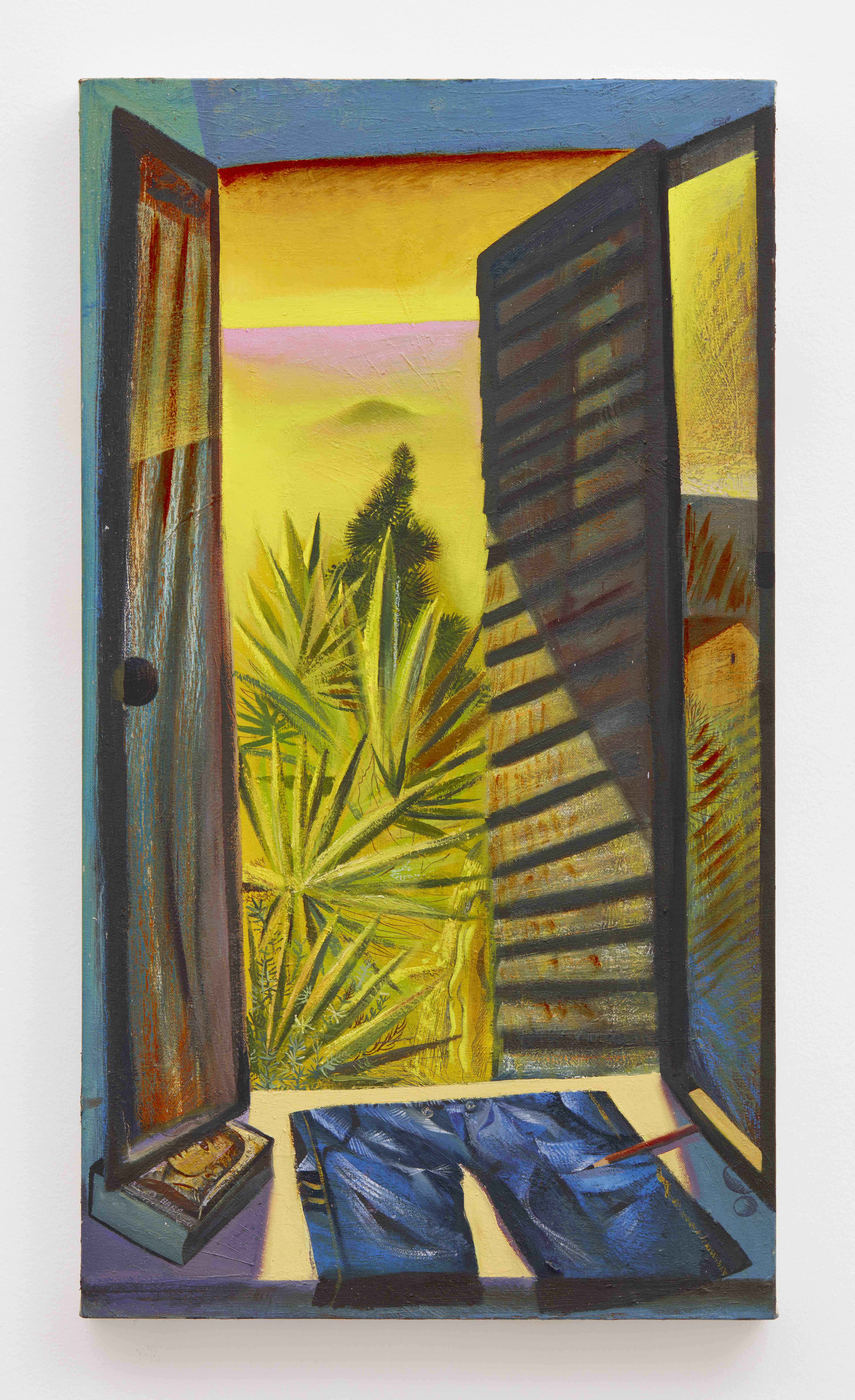
Louis Fratino, “View of Monte Cristo,” 2020, oil on canvas, 36 x 20 inches, © Louis Fratino, courtesy of Sikkema Jenkins & Co., New York.
Louis Fratino, Winter 2022 Experience Issue
“It all comes from this carefree place of discovery or experimentation” — Louis Fratino
A self-described classicist, Louis Fratino is drawn to a method enjoyed by Rembrandt, Picasso, and Matisse. The New York–based artist is known for his paintings, drawings, and sculptures that capture a tenderness and celebration of his life, and the world around him—be it his own figure, an interior space, a garden, a vase of flowers. With references in image and material to art history’s greats, creating black-and-white etchings felt like a natural move. Fratino spoke with Whitewall about keeping the studio a space free from fear of failure.
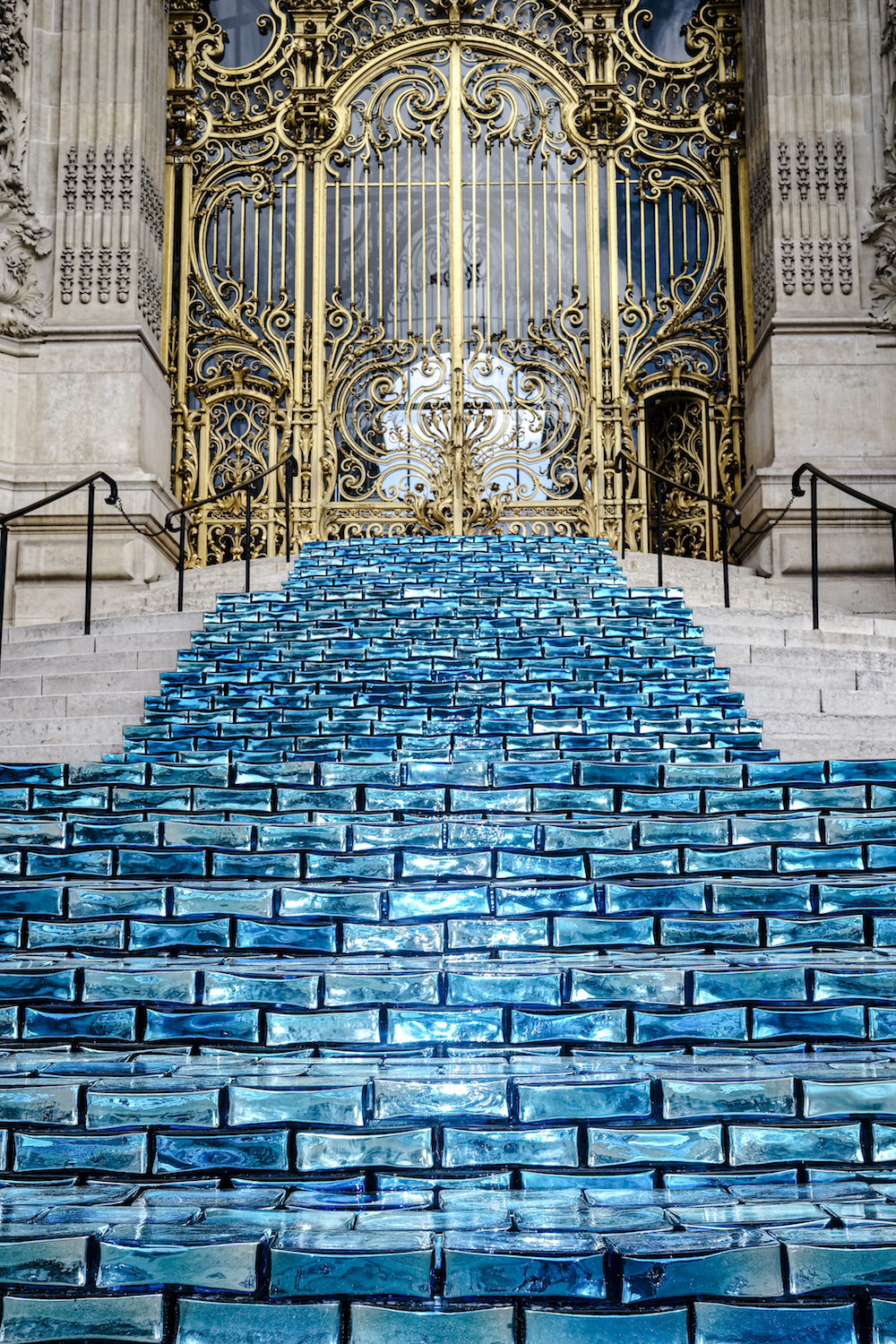
Jean-Michel Othoniel, Rivière bleue (Blue River), 2021, photo by Aurelien Cadoual
Jean-Michel Othoniel, Winter 2022 Experience Issue
“I believe artists must go into the streets to offer their work to those who do not have the chance to go to museums or to art galleries” — Jean-Michel Othoniel
The indoor galleries and outdoor gardens that make up the Petit Palais’s grounds were filled with enchanting installations by Jean-Michel Othoniel early in 2022. “The Narcissus Theorem” was the French artist’s largest exhibition in Paris in 10 years. Through a jaw-dropping group of 74 new works and a handful of past pieces, Othoniel explores the theme of narcissism—its meaning and misunderstandings. In Paris, captured by photographer Aurelien Cadoual, Othoniel spoke with Whitewall about the significance of “The Narcissus Theorem,” the vital importance of public art, and how his work has evolved over the past decade.
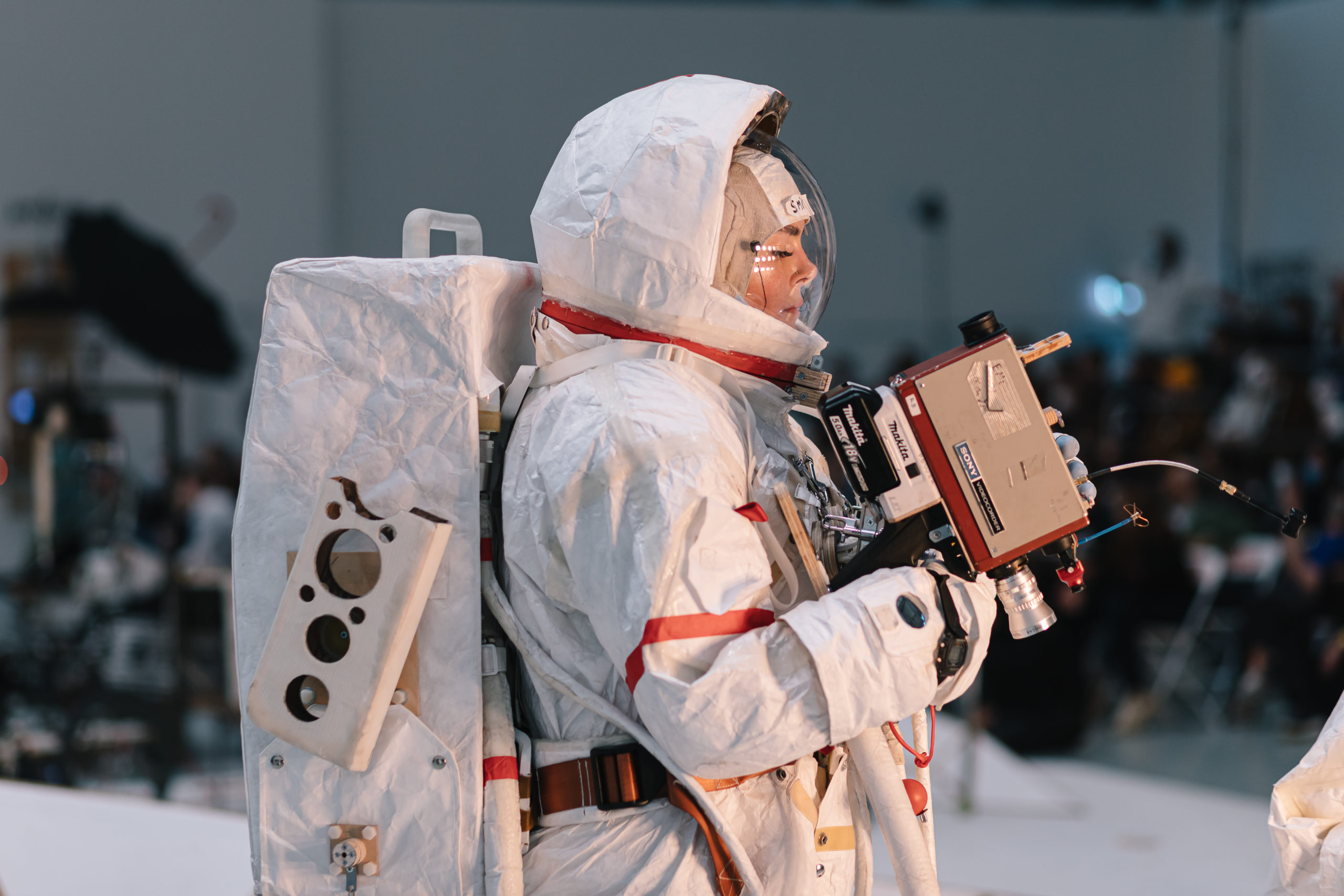
Live performance of Tom Sachs’s “SPACE PROGRAM: RARE EARTHS” (September 19, 2021—April 10, 2022) at Deichtorhallen Hamburg, photo by Karl Hab.
Tom Sachs interviewed by Ginevra Rossini, Winter 2022 Experience Issue
“I’m interested in building a community of people that want to believe in the way I see the world or, more importantly, want to learn about it and change the way they think” — Tom Sachs
Interviewing Tom Sachs was on Ginevra Rossini‘s bucket list for a while now. She felt so connected to his artistic interests, from his obsession with space to his appreciation for Japanese tea ceremonies. They are not obvious associations, which is why the first time she came across his art it felt like someone had taken everything she loved and somehow merged it.
In their conversation, they talked about his recent mission to Vesta for “Space Program:Rare Earths,” looking for resources to be used here on earth, at the Deichtorhallen Hamburg. Then about his launch of “Rocket Factory” in Paris at Palais de Tokyo, and finally, “Exchange” at Thaddaeus Ropac Gallery, following his 2018 Swiss Passport Office project, where they first met.
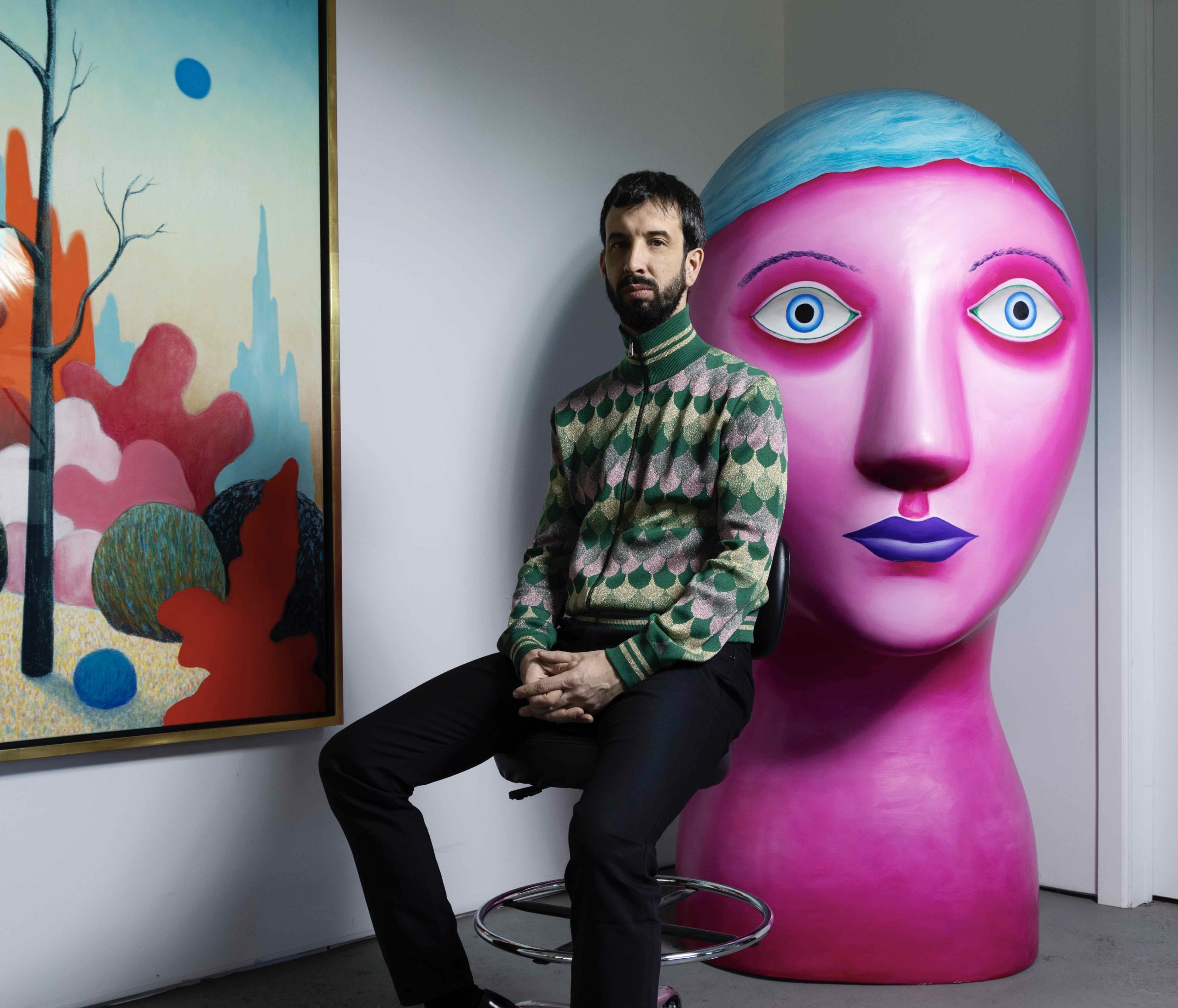
Nicolas Party in his studio, photo by Steve Benisty.
Nicolas Party, Spring 2022 Artist Issue
“A good artwork is relevant forever” — Nicolas Party
The paintings, pastels, and sculptures of Nicolas Party are a celebration of color and art history. Created in a style and language recognizably his own, they are in clear dialogue with figures and movements of the past—from landscapes to portraits, and from Sottobosco to symbolism. Rendered in rich hues, they challenge conceptions around tastes and trends—past and present.
Over a year ago, Party was invited by the director of the Montreal Museum of Fine Arts, Stéphane Aquin, to create an exhibition that combines his own work with selections personally curated from the collection. Culling from books and catalogs of shows and collections, Party found himself overwhelmingly drawn to paintings that looked at nature and our relationship with it. Whitewall spoke with Party as he was working on one such mural on a visit to Montreal (the Swiss artist is currently based in New York, where he was photographed by Steve Benisty in his studio for the issue).
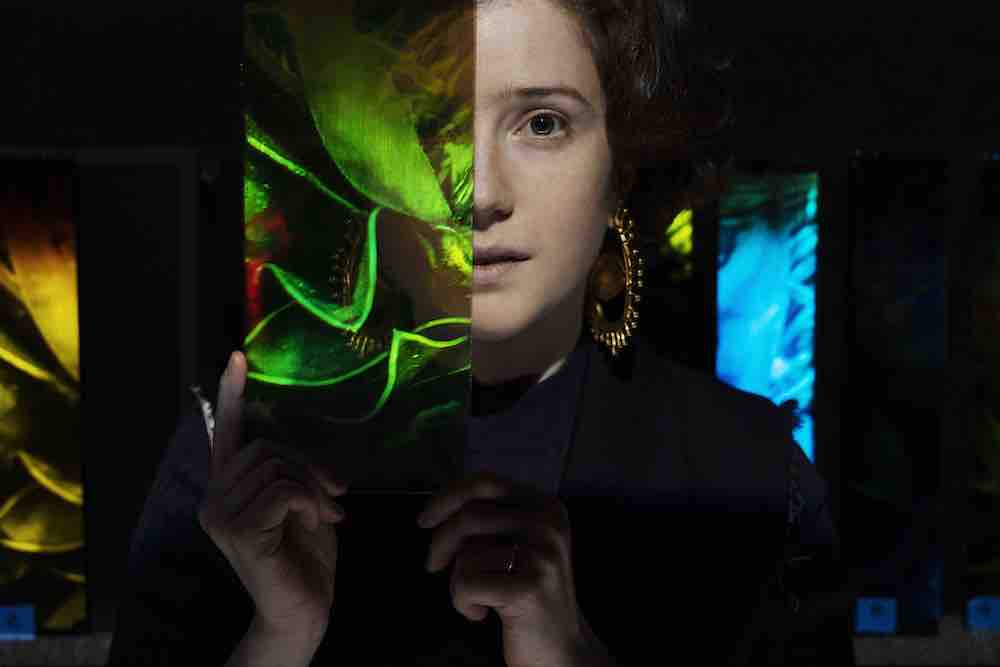
Sarah Meyohas, photo by Steve Benisty.
Sarah Meyohas, Spring 2022 Artist Issue
“To be an artist and only an artist is disempowering. I want to actively shift that” — Sarah Meyohas
Throughout her career, Sarah Meyohas has mastered taking on complicated topics and technologies to reveal their poetic, even beautiful, potential. She created her own cryptocurrency, Bitchcoin, in 2015 (which notably predates ETH). She has made stock trading into performance art and painting. She created an AI algorithm using roses, human labor, and subjective ideas of beauty. Equipped with both an MFA and a degree in finance, Meyohas and the work she creates disrupt the notions of who an artist is and what art should be. Whitewall spoke with Meyohas (photographed for the issue by Steve Benisty) about the roundabout way she found herself making holograms, the blessing of anonymity she has found in the crypto world, and her next genre-defying project—a feature-length film.
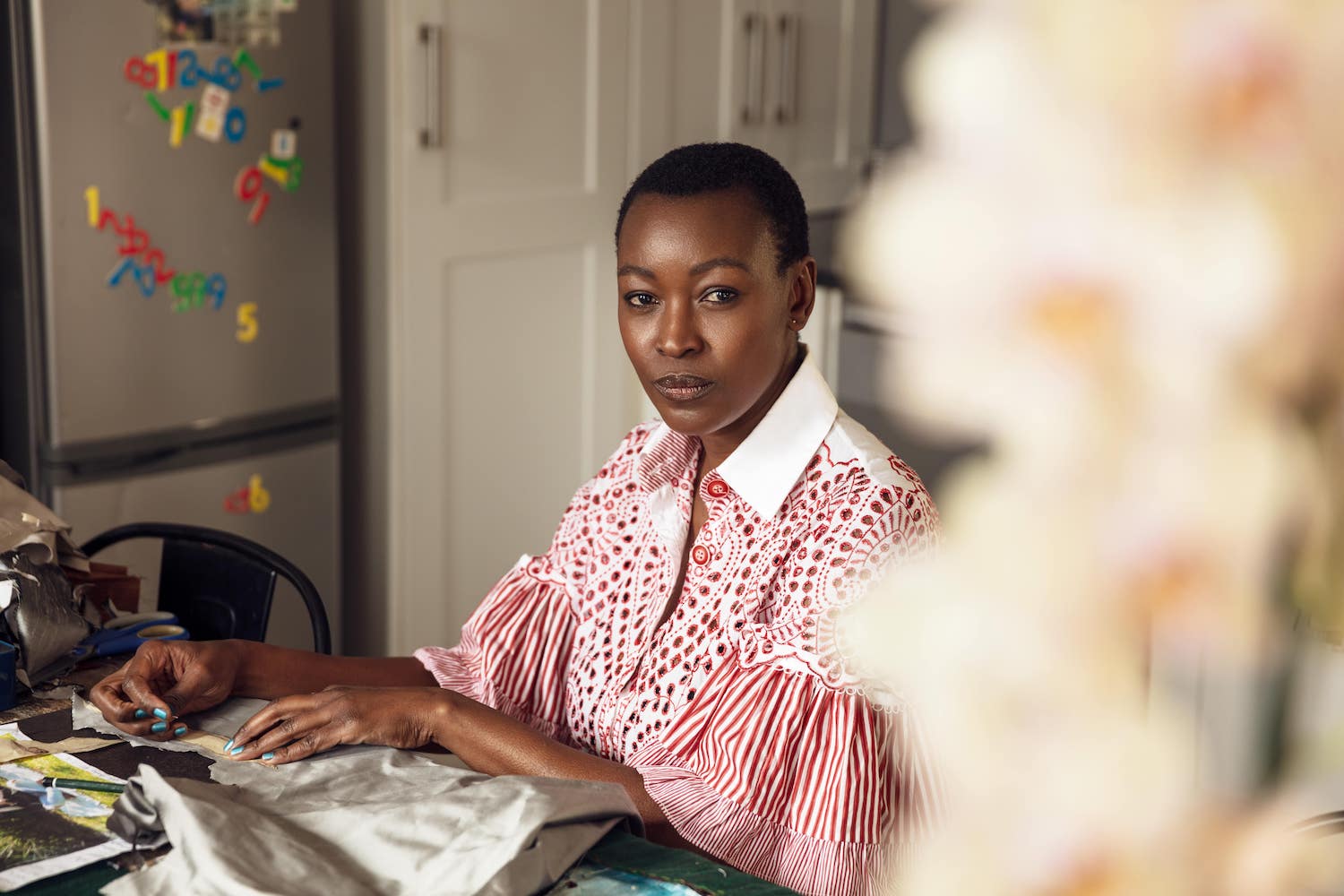
Billie Zangewa in her studio, photo by Jurie Potgieter, courtesy the artist and Lehmann Maupin, New York, Hong Kong, Seoul, and London.
Billie Zangewa, Spring 2022 Artist Issue
“I have spent my whole life trying to get to this place—home” — Billie Zangewa
Billie Zangewa addresses themes beyond culture’s surface, from identity and gender to stereotypes and racial prejudice, expanding her reflection of today’s complex world. The artist’s earliest works were embroideries on found fabrics, depicting botanical scenes from Botswana, where she was raised. Her works then began to feature Johannesburg cityscapes, as she navigated womanhood and personal relationships in this urban environment. And after the birth of her son, Zangewa began creating her recognizable domestic interiors, exploring femininity, motherhood, and home, posing questions about how women’s roles in society are viewed and changing. Although many of Zangewa’s works are autobiographical, they are immensely relatable, drawing meaning from all aspects of life to understand how and why we live the way we do today. Zangewa spoke with Whitewall from her home and studio in Johannesburg about embracing feminism, creating tapestries, and finding home.
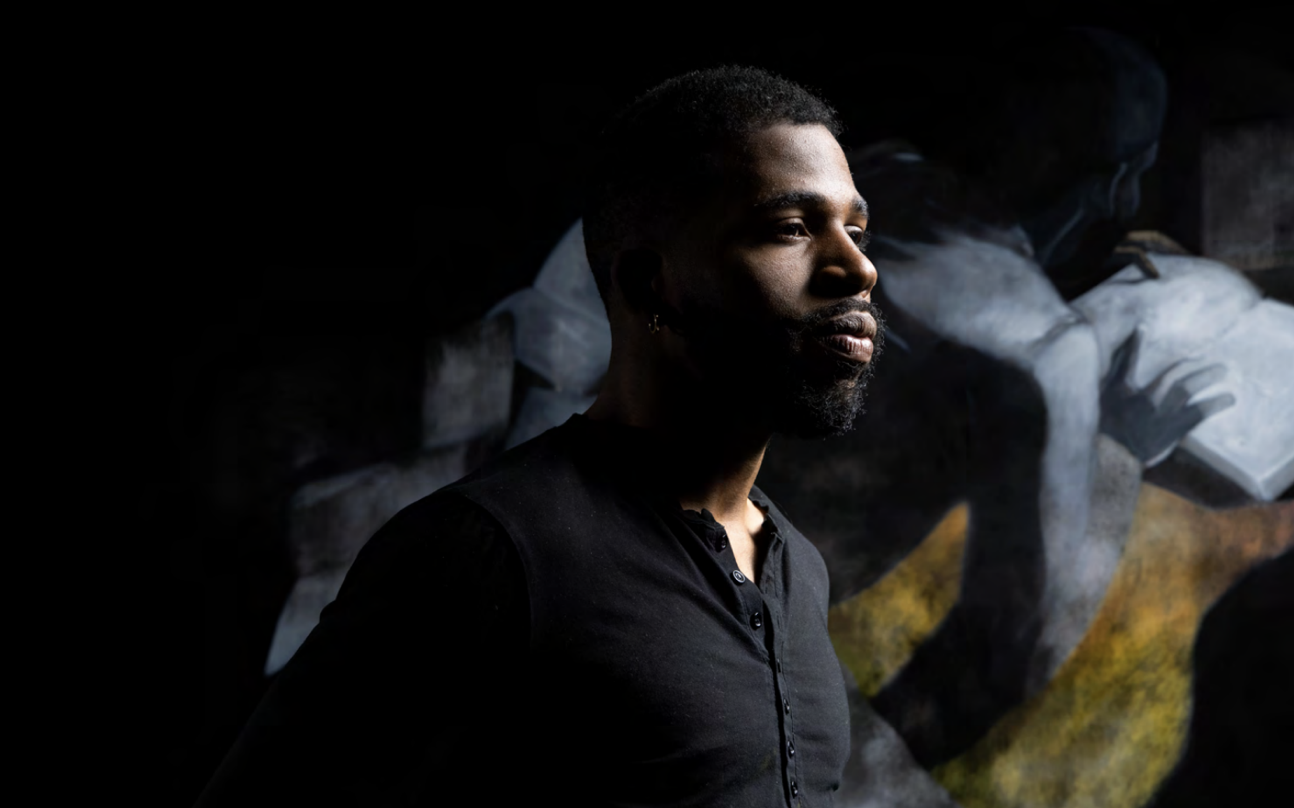
Dominic Chambers, portrait by Steve Benisty.
Dominic Chambers, Spring 2022 Artist Issue
“I feel like America could benefit from doing shadow work” — Dominic Chambers
In February, Lehmann Maupin in New York held a solo presentation of new work by Dominic Chambers, who recently joined the gallery. Entitled “Soft Shadows,” the paintings engage themes of psychology, memory, personal history, and more. The New Haven-based artist is known for his adept use of color and knowledge of color theory. His palette as of late is more subdued, darker in tone, and hazier in gray and gold. In these new paintings there’s a figure splayed out across a pile of books, immersed in a text; an empty park at dusk with a house on the horizon; a stairway to nowhere populated by less and less visible, almost ghostly figures. The works speak to Chambers’s emotional response to our current moment, while offering a gesture of protection. He is an avid reader, and his research and study directly inspire his process and painting, like the writings of Susan Cain, W.E.B. Du Bois, and Carl Jung. Whitewall spoke with the artist after being photographed in his studio by Steve Benisty.
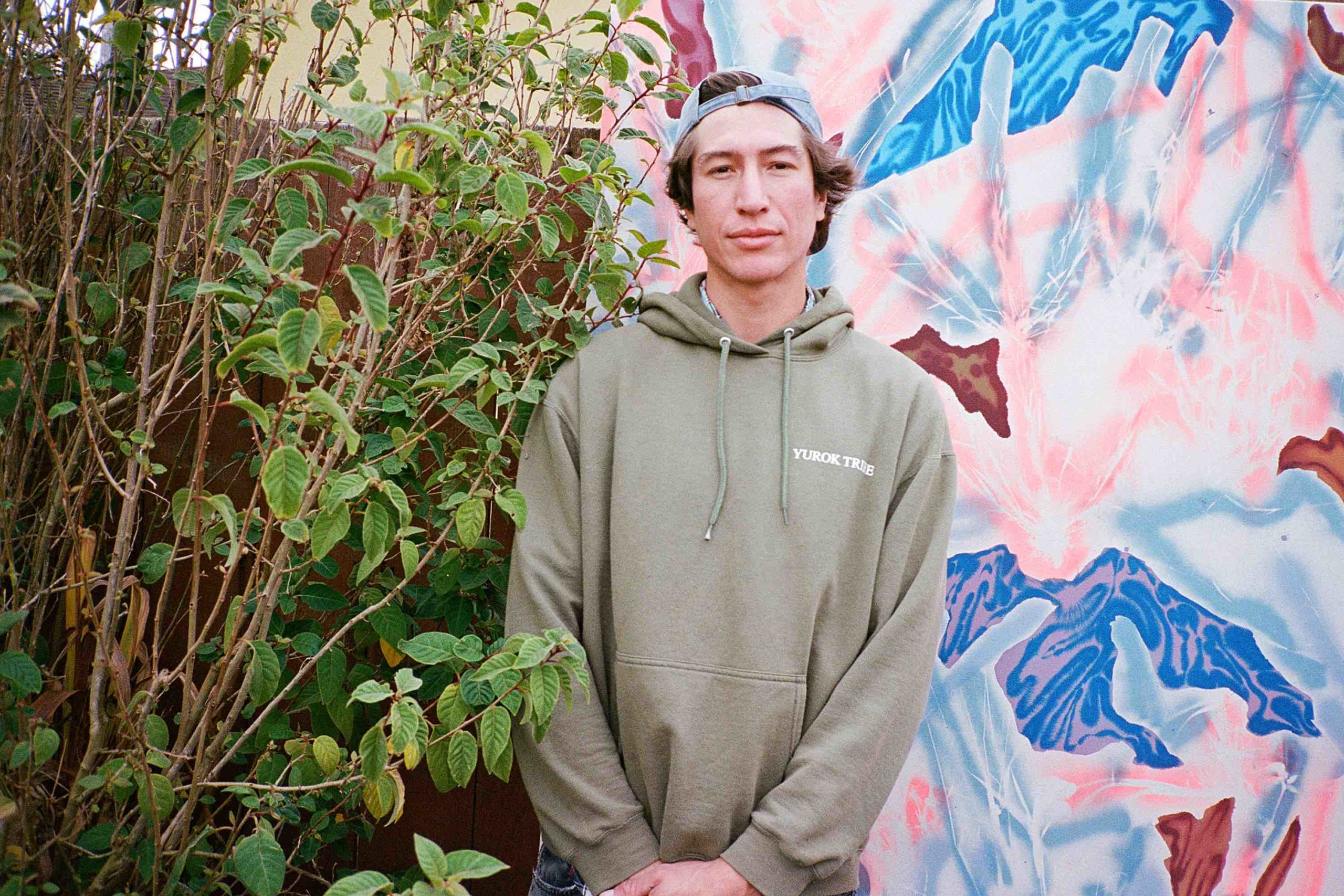
Saif Azzuz, photo by Adrian Martinez.
Saif Azzuz, Spring 2022 Artist Issue
“I think that’s also life, those dualities, where maybe you don’t always feel like there’s a constant danger. I get these really beautiful present moments with my family, but also there’s climate change things happening, and other really unfortunate things globally.” — Saif Azzuz
Saif Azzuz’s “Huem-chor O’ weych-pues” (Welcome to where the rivers meet) was on view at Anthony Meier Fine Arts in San Francisco through April 22. The exhibition included a series of new paintings, ceramics, wood sculptures, beading, and metalwork, exploring the imagery, craft, and landscape of his Yurok heritage. Growing up between two cultures—Yurok on his maternal side and Libyan on his paternal—Azzuz has always investigated that dynamic in his practice, and how it’s viewed through the lens of an American eye.
Recently, he has been looking more directly at his own relationship with the communities he’s from. His paintings are full of vibrant colors and movement, created by spraying paints and dyes pulled from a palette of California’s wildfire and drought maps—bright yellows, oranges, reds, and purples that serve as a warning. Using native and invasive plants to create shapes and patterns, he references indigenous cultural knowledge. A few months before the solo show opened, Whitewall spoke with Azzuz about the dualities of life, landscape, and art.
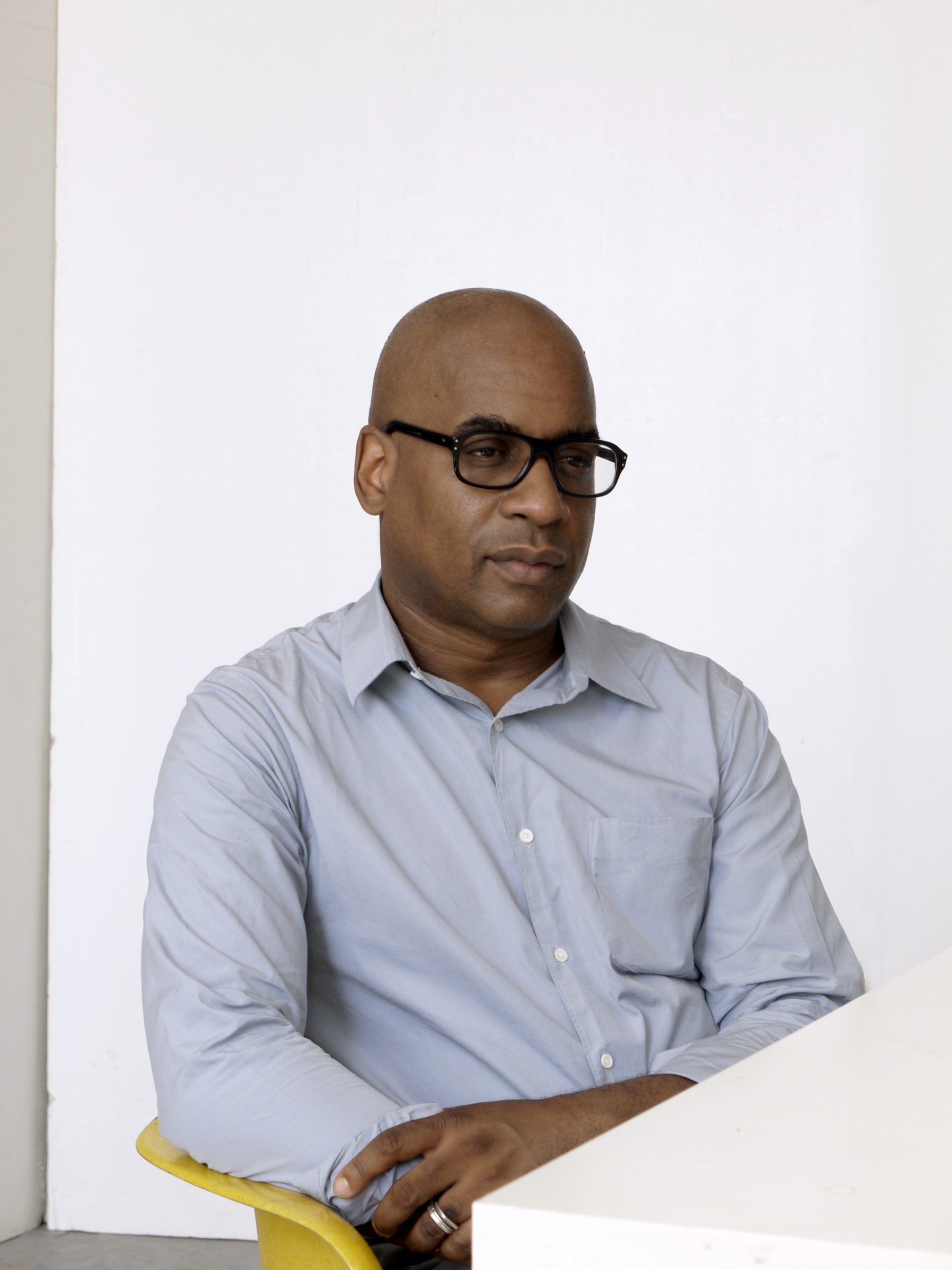
Portrait of Glenn Ligon by Paul Mpagi Sepuya, courtesy of the artist and Hauser & Wirth.
Glenn Ligon, Summer 2022 Impact Issue
“I’m quite curious about the more experimental ways of using language or pushing language toward a kind of figuration” — Glenn Ligon
Last year, for the first time in his career, artist Glenn Ligon created paintings rendering a text in full. It was James Baldwin’s “Stranger in the Village,” an essay he’d worked with for nearly two decades, but never at this scale. With show postponements due to the pandemic and a new, larger studio, Ligon was able to make these monumental paintings that felt, at least initially to Ligon, like the end of an investigation. But as he told Whitewall, he may have spoken too soon, as the pull of words by writers like Baldwin, Ralph Ellison, and Zora Neale Hurston remains undoubtedly magnetic and rich.
Accompanying that work in “It’s Always a Little Bit Not Yet” at Hauser & Wirth in New York (November 16–December 23, 2021) were new paintings from his recent series “Debris Fields,” where Ligon pushes towards abstraction even further. Here, instead of words and a guiding text, it’s the form of letters themselves. He’s looking at making the intangible tangible on canvas, as well as neon, exploring the form and spelling of sounds in language, touching upon our current lack of trust in the written word, and perhaps suggesting a new form of language altogether. Ligon spoke with Whitewall about pushing toward abstraction and capturing the studio process full of starts, stops, and friendships.






